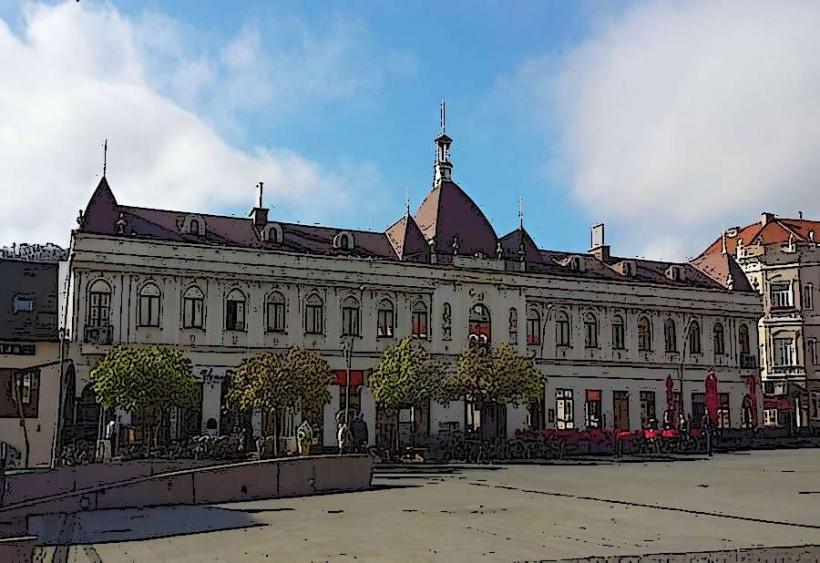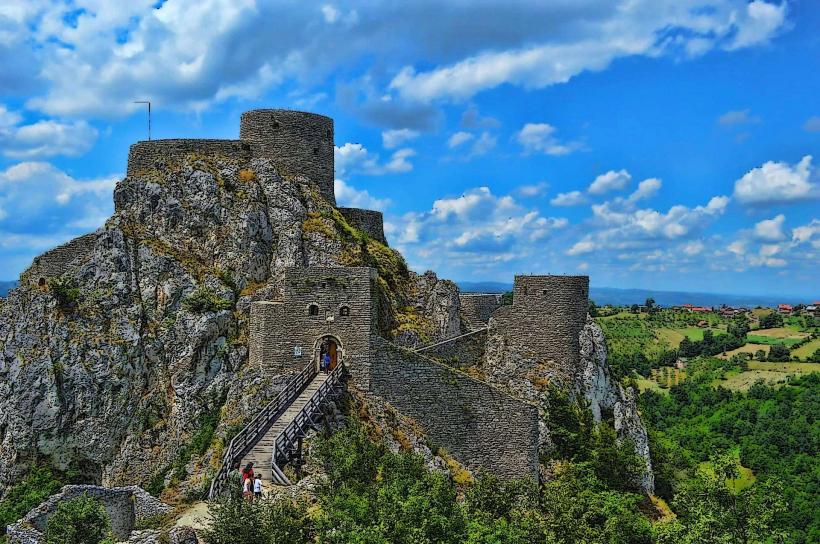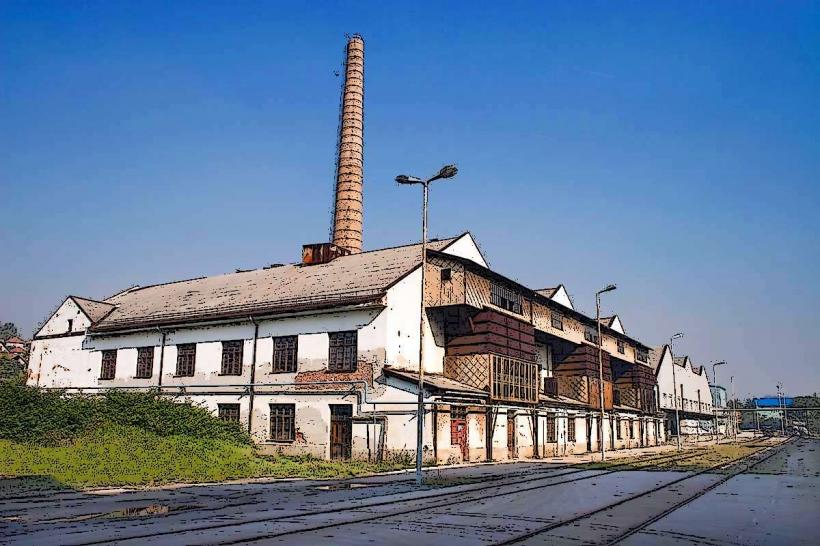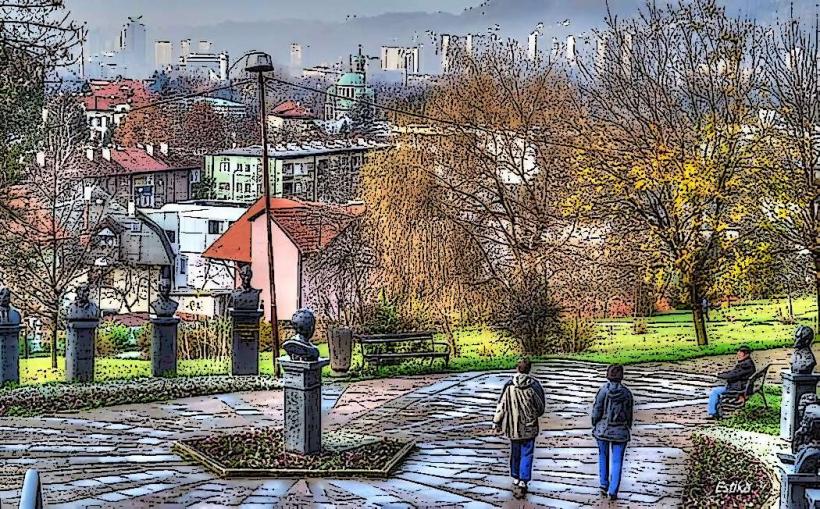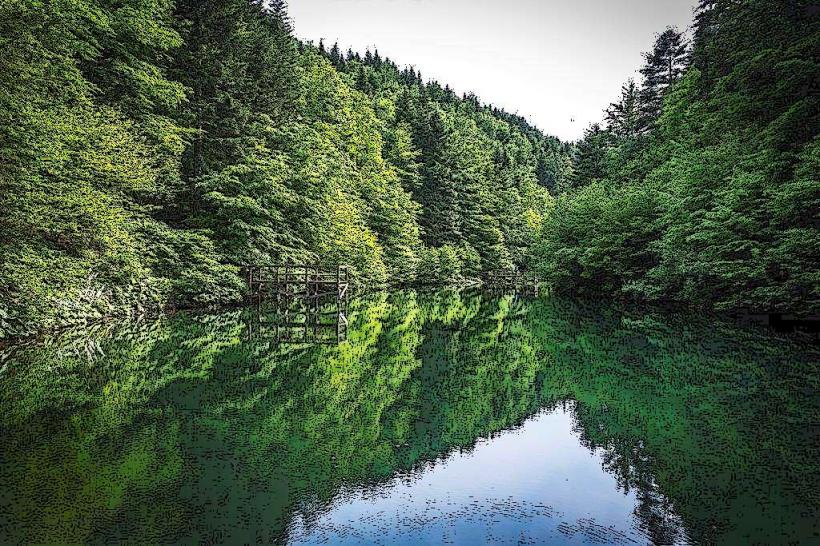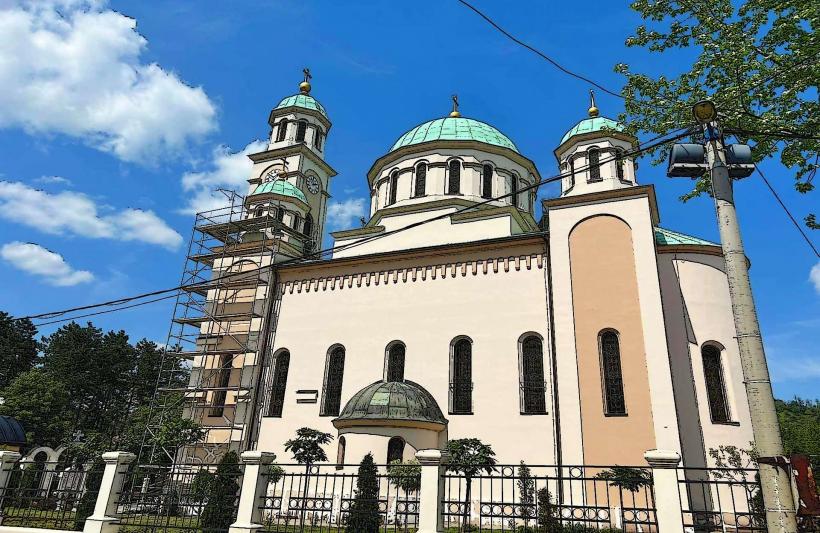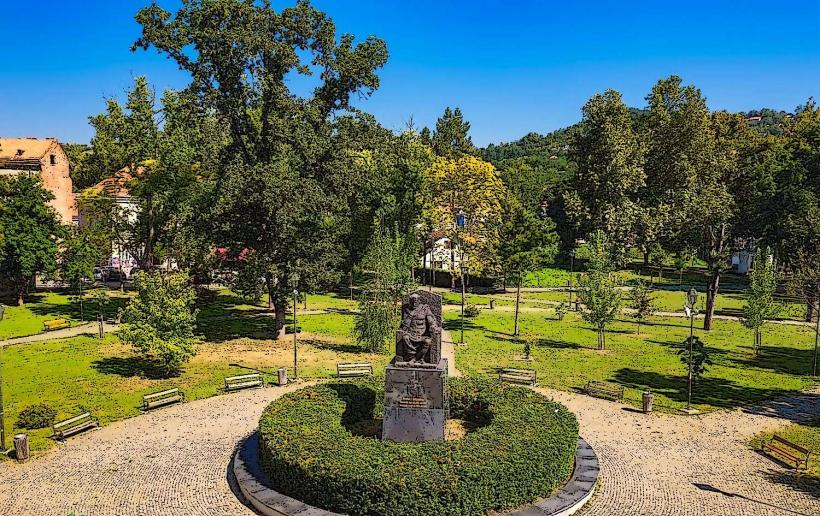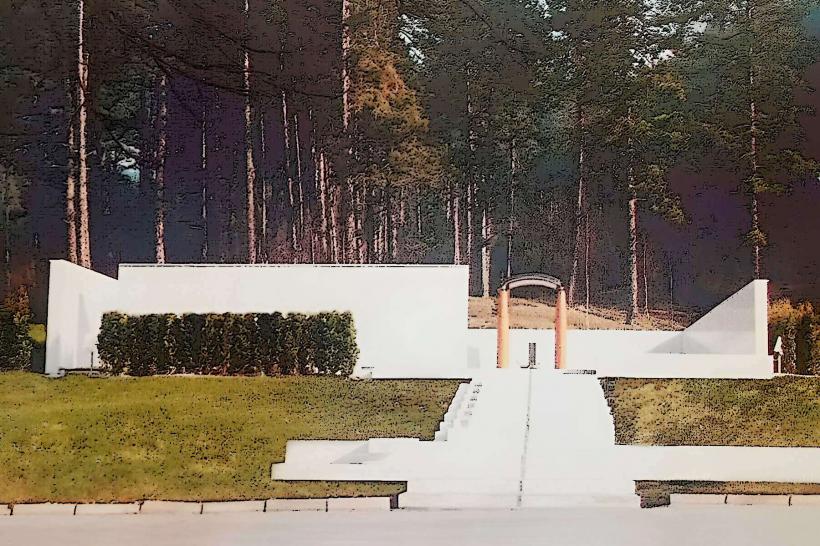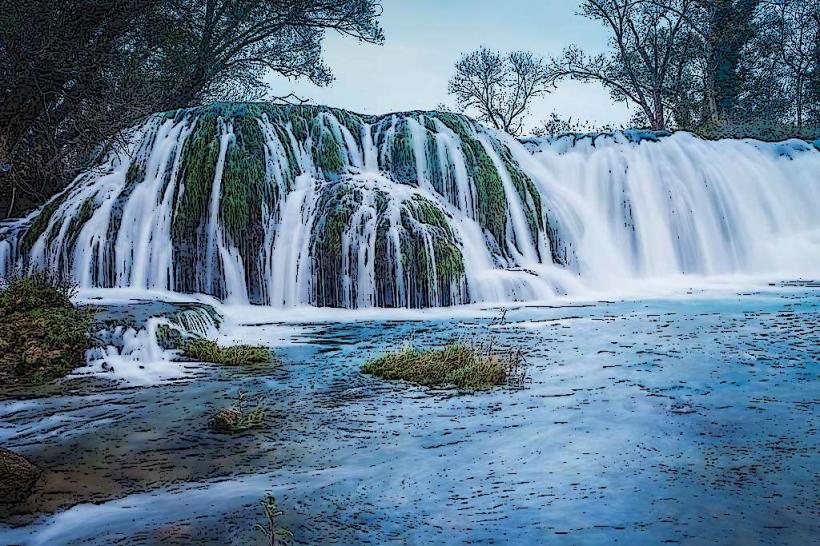Information
Landmark: Memorial Complex Srebrenica-PotočariCity: Tuzla
Country: Bosnia and Herzegovina
Continent: Europe
The Memorial Complex Srebrenica-Potočari is a significant site dedicated to preserving the memory of the Srebrenica genocide that took place in July 1995 during the Bosnian War. The complex is located in Potočari, a village near the town of Srebrenica in eastern Bosnia and Herzegovina, and serves as a solemn reminder of the atrocities that occurred during the war, as well as a place for reflection and education about the consequences of hate and violence.
Overview of Memorial Complex Srebrenica-Potočari
Location:
- The Memorial Complex is situated in Potočari, approximately 8 kilometers from the town of Srebrenica. The site is located near the area where thousands of Bosniak men and boys were executed in one of the most horrific acts of ethnic cleansing in recent history.
Historical Context:
- The Srebrenica genocide occurred during the Bosnian War (1992-1995), when the town of Srebrenica, which had been declared a UN Safe Area, was overrun by Bosnian Serb forces. In July 1995, after Srebrenica fell, over 8,000 Bosniak men and boys were systematically killed, and their bodies were buried in mass graves. This tragic event is widely considered one of the worst war crimes in Europe since World War II and has been recognized as genocide by various international courts.
Opening of the Memorial:
- The Memorial Complex was officially opened on September 20, 2003, with the goal of honoring the victims of the Srebrenica genocide and preserving the memory of the atrocities for future generations. The complex has since become a site of remembrance, where survivors, families of the victims, dignitaries, and visitors from around the world come to pay their respects and learn about the tragedy.
Components of the Memorial Complex
The Memorial Complex Srebrenica-Potočari is made up of several key elements that reflect the gravity of the events and honor the memory of the victims.
Srebrenica-Potočari Memorial Cemetery:
- The Memorial Cemetery is the most prominent part of the complex and serves as the final resting place for the victims of the Srebrenica genocide. The cemetery is located on the grounds of a former battery factory that was used by the United Nations as a base during the conflict.
- As of now, more than 6,600 victims have been buried at the cemetery, with new graves added every year during the commemoration ceremony held in July to mark the anniversary of the genocide. The site is marked by white tombstones, each representing a victim of the massacre. The names of the deceased are inscribed on the stones, which are arranged in rows and sections according to the year of burial.
The Memorial Centre:
- The Srebrenica-Potočari Memorial Centre is an educational and informational space within the complex, designed to teach visitors about the history of the genocide and its impact. The centre contains exhibitions, documents, and multimedia presentations that provide a deeper understanding of the events leading up to the genocide, the massacre itself, and its aftermath.
- The exhibits include photographs of the victims, personal testimonies, and information about the forensic investigations that helped identify the remains of the victims. The Memorial Centre aims to educate visitors, particularly young people, about the dangers of intolerance, discrimination, and ethnic hatred.
The Potocari Memorial Wall:
- One of the most solemn features of the Memorial Complex is the Potocari Memorial Wall, where the names of the victims are inscribed. This wall serves as a permanent tribute to those who lost their lives in the genocide, and it plays an important role in the remembrance ceremonies held at the site.
- The wall also features photographs of the victims and personal items, making it a deeply emotional and personal space for families and visitors to reflect on the tragedy.
The Former Battery Factory:
- The Memorial Complex is located on the grounds of a former battery factory, which served as the headquarters of the UN Protection Force (UNPROFOR) during the Bosnian War. The factory building itself is an important historical marker, as it was the site where thousands of people sought refuge before they were separated and later executed by the Bosnian Serb forces.
- This area holds particular significance for survivors and families, as it serves as a reminder of the failure of the international community to protect civilians during the war.
The Srebrenica Genocide Memorial Garden:
- Adjacent to the Memorial Cemetery is the Srebrenica Genocide Memorial Garden, which features a collection of symbolic plants and trees that represent the victims' lives, hope for peace, and the resilience of the survivors. The garden is a space for reflection, where visitors can pay their respects in a quiet and peaceful setting.
Commemoration and Remembrance
July 11th Memorial Ceremony:
- Every year, on July 11th, the anniversary of the Srebrenica genocide, a memorial ceremony is held at the Memorial Complex to honor the victims. This solemn event attracts survivors, relatives of the victims, dignitaries, and people from around the world who gather to remember those who lost their lives.
- During the ceremony, funerals are held for newly identified victims, and a moment of silence is observed in memory of the over 8,000 people who were killed. The event is also marked by speeches from survivors, human rights activists, and political figures, emphasizing the importance of justice, reconciliation, and preventing future atrocities.
Reconciliation and Education:
- The Memorial Complex also plays a crucial role in efforts toward reconciliation in Bosnia and Herzegovina. By preserving the memory of the genocide, the site aims to raise awareness of the need to prevent such atrocities from happening again and to foster a culture of peace and understanding among different ethnic groups in the region.
- Educational programs at the Memorial Centre are particularly focused on young people, helping them understand the causes and consequences of the Srebrenica genocide, and promoting tolerance and respect for human rights.
International Recognition and Legal Importance
War Crimes Trials:
- The events of the Srebrenica genocide have been the subject of numerous international trials. The International Criminal Tribunal for the former Yugoslavia (ICTY), established by the United Nations, has convicted several Bosnian Serb leaders for their roles in the massacre, including Radovan Karadžić and Ratko Mladić, both of whom were sentenced for genocide and other war crimes.
- The recognition of the Srebrenica genocide as an internationally recognized crime plays an important role in the ongoing process of justice and reconciliation in the Balkans.
UN Safe Area Controversy:
- The events at Srebrenica have sparked ongoing debate regarding the failure of the United Nations and its peacekeepers to protect civilians in designated Safe Areas during the Bosnian War. The massacre remains a poignant reminder of the consequences of international inaction and the need for stronger mechanisms to protect civilians in conflict zones.
Conclusion
The Memorial Complex Srebrenica-Potočari stands as a powerful symbol of remembrance, justice, and education. It is a place where the horrors of the Srebrenica genocide are acknowledged, and where the stories of the victims and survivors continue to resonate. The complex not only honors the memory of those who perished but also serves as an enduring call for the prevention of future atrocities and the promotion of human rights, tolerance, and peace worldwide.

